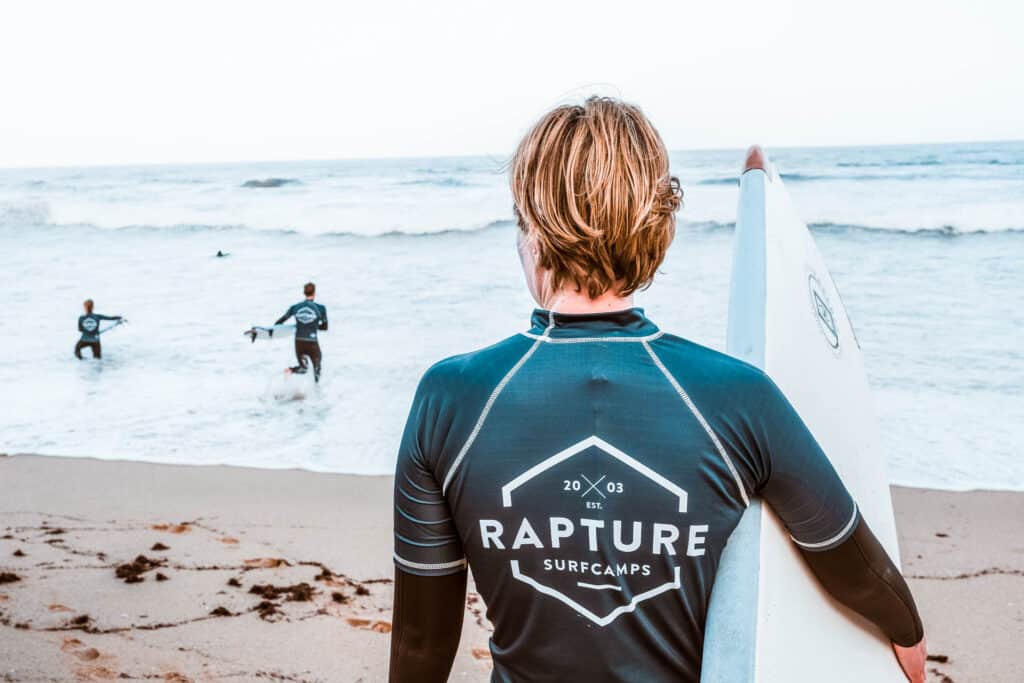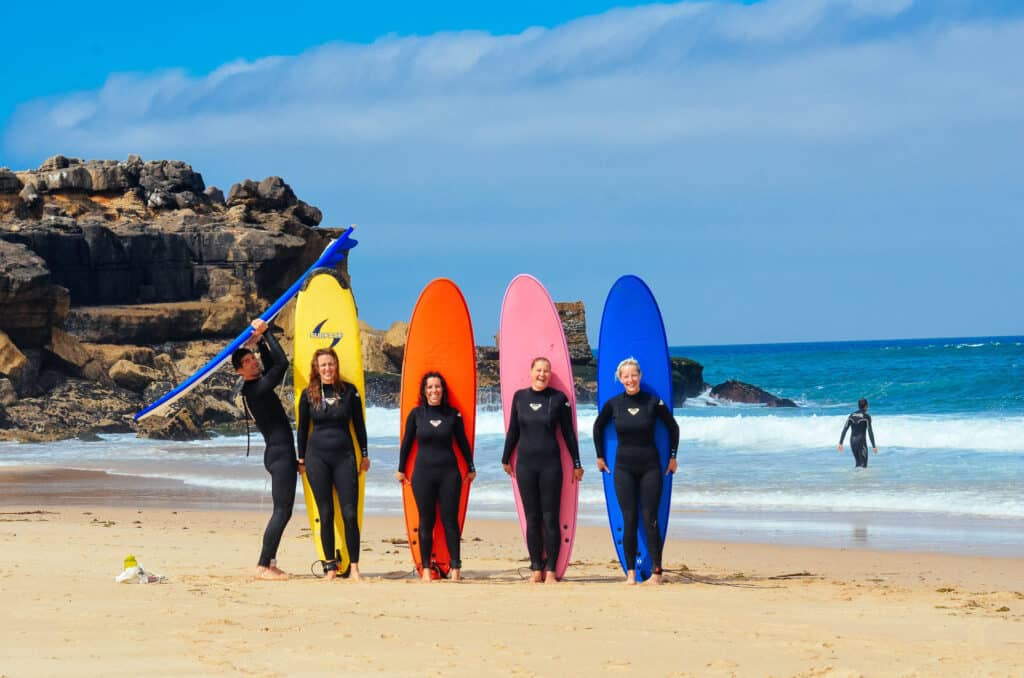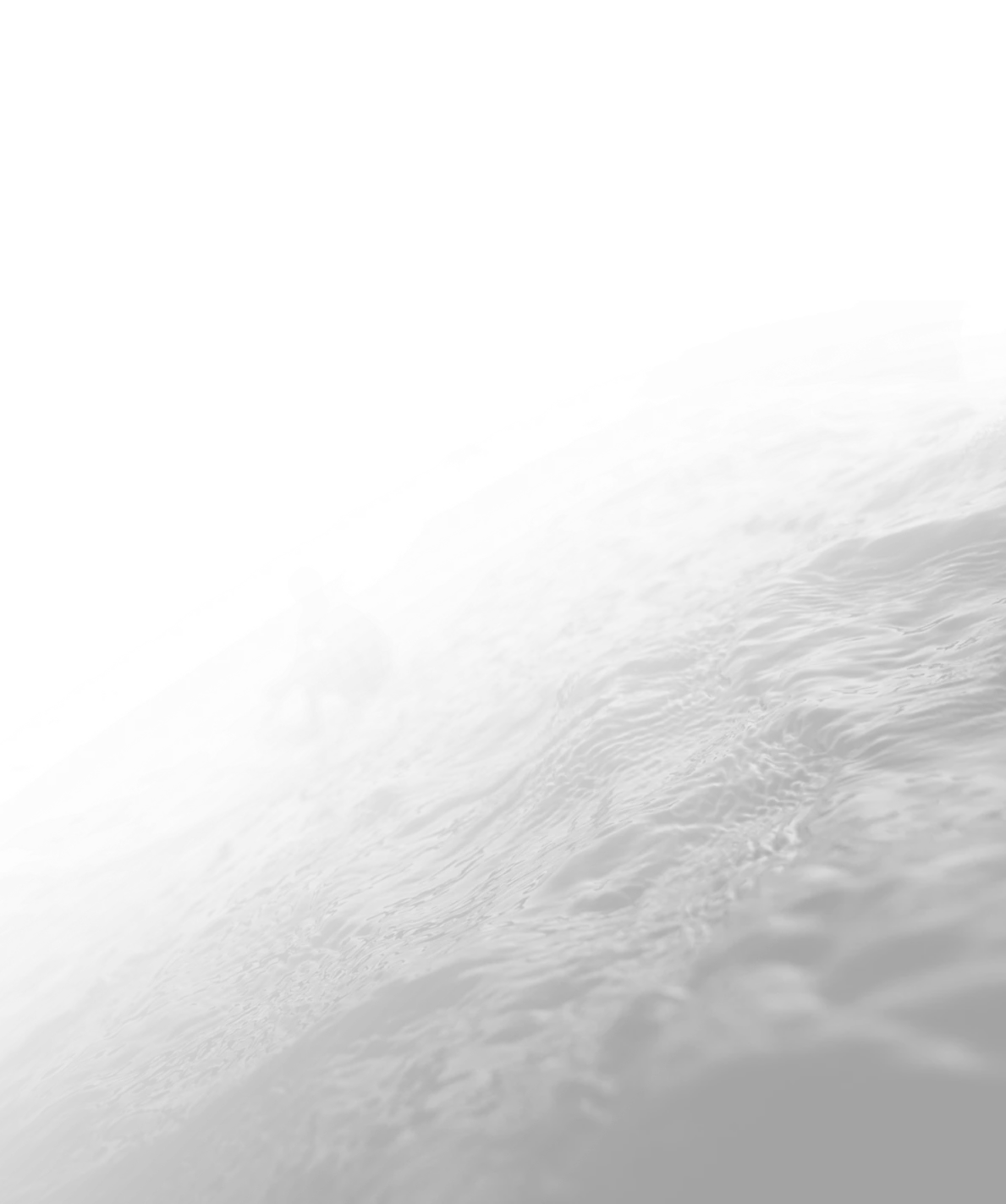When it comes to surfing, choosing the right wetsuit is essential for ensuring a comfortable and enjoyable experience in the water. A wetsuit not only provides insulation and protection from the elements but also allows for ease of movement while riding waves. With so many options available on the market, it’s important to consider various factors before making a purchase. This guide will help you navigate the process of choosing a wetsuit for surfing, from understanding different types of wetsuits to sizing and fit considerations. By doing so, you can make an informed decision and find the perfect wetsuit for your surfing adventures.
How does a wetsuit work?
A wetsuit works by utilizing the insulating properties of neoprene material to trap a thin layer of water against the body, which then acts as a barrier to keep the body warm. Neoprene is a type of synthetic rubber foam that contains thousands of tiny bubbles, which create a layer of insulation and provide buoyancy. When a wetsuit is worn, the neoprene material conforms to the body’s shape, creating a snug fit that minimizes water circulation within the suit. As the body comes into contact with the water, a small amount of water seeps into the wetsuit through the openings. This thin layer of water gets trapped between the body and the neoprene, where it is then warmed by body heat. The neoprene prevents this heated water from escaping, effectively keeping the body at a comfortable temperature, even in cold water.
The functionality of a wetsuit is influenced by several key factors, such as the thickness of the neoprene material and the water temperature. The thickness of the neoprene affects the insulation properties of the wetsuit, with thicker neoprene providing more warmth in colder water. Additionally, the water temperature determines how much insulation is needed, with colder water requiring a thicker wetsuit for adequate warmth. By considering these factors, individuals can select the appropriate wetsuit to keep them comfortable and protected while engaging in water activities.
The trapped water then heats up to body temperature, creating a warm barrier between the body and the surrounding colder water. This insulating effect helps to prevent heat loss and keeps the wearer comfortable in the water.
Key factors that contribute to the functionality of a wetsuit include neoprene thickness and water temperature. Thicker neoprene provides better insulation and is suitable for colder water temperatures, while thinner neoprene is more suitable for warmer waters. Water temperature also plays a crucial role as the wetsuit’s effectiveness is dependent on the difference in temperature between the body and the surrounding water.

Types of wetsuits
There are several types of surfing wetsuits designed to accommodate various water conditions and temperatures.
1. Fullsuits
Fullsuits are one-piece wetsuits that cover the whole body from neck to ankles and wrists. They are ideal for cold water conditions and provide the maximum warmth and insulation, making them suitable for surfing in colder temperatures.
2. Johns & Janes
Johns and Janes wetsuits are similar to fullsuits, but they do not have sleeves, providing more flexibility for the arms. They are suitable for slightly warmer water conditions and offer good insulation while allowing for more freedom of movement.
3. Shorts/Springsuits
Shorts or springsuits are wetsuits that cover the torso and thighs, but with short sleeves and short legs. These are perfect for milder water temperatures or for those who prefer less coverage and greater mobility while surfing.
4. Jackets & Vests
Wetsuit jackets and vests are designed to be worn over a swimsuit or wetsuit top for added warmth and protection. They are ideal for layering in cooler water conditions and provide extra insulation without restricting movement.
5. Accessories
Wetsuit accessories include neoprene hoods, gloves, and booties, which offer additional insulation and protection in extremely cold water conditions. These accessories are essential for surfers who want to extend their time in the water during the colder months.
Each type of wetsuit serves a specific purpose based on water temperature and conditions, allowing surfers to stay comfortable and protected while riding the waves..
Accessories such as hoods, gloves, and booties can be added to any wetsuit to provide additional insulation and protection in extremely cold conditions. Understanding the different types of surfing wetsuits and their ideal use in various water temperatures and conditions is crucial for a comfortable and enjoyable surf session. It’s important to choose the right wetsuit based on the water temperature and your individual preferences to ensure a safe and enjoyable surfing experience.

Wetsuit Entry Systems to Consider
Wetsuits come with different entry systems, each with its own pros and cons.
1. Chest Zip Wetsuit
The chest zip wetsuit has a zipper that runs across the chest area, providing a more secure and snug fit. This type of wetsuit is ideal for colder water temperatures and rougher conditions, as it offers better water resistance and keeps the surfer warmer. The entry system also allows for greater flexibility and mobility, making it suitable for performing tricks and maneuvers in the water.
2. Back Zip Wetsuit
The back zip wetsuit features a zipper running along the back, making it easier to put on and take off. This type of wetsuit is best for warmer water temperatures and calmer conditions, as it provides good insulation while still allowing for some flexibility. However, the back zip design can be less water resistant and may allow for water to seep in through the zipper.
3. Zip-Free Wetsuit
The zip-free wetsuit has no zippers, instead using a stretchy and flexible material for entry. This type of wetsuit is suitable for warmer water temperatures and provides maximum flexibility and mobility, making it a popular choice for professional surfers and those looking for unrestricted movement. However, it may not provide as much insulation in colder water conditions.
Each entry system affects the wetsuit’s flexibility and warmth, with chest zip wetsuits offering the best combination of both, back zip wetsuits providing moderate flexibility and warmth, and zip-free wetsuits prioritizing flexibility over warmth.
How should I choose the thickness of the wetsuit?
When choosing the appropriate wetsuit thickness, several factors need to be considered, such as the location, time of year, and personal temperature preferences. The thickness of a wetsuit is crucial in maintaining warmth and flexibility while in the water. In colder water temperatures, a thicker wetsuit is necessary to provide adequate insulation, whereas in warmer climates, a thinner wetsuit may be sufficient. It’s important to also take into account personal temperature preferences, as some individuals may feel colder or hotter in the same water conditions.
Wetsuit thickness options typically range from 3/2mm to 6/5/4mm and beyond. A 3/2mm wetsuit is suitable for water temperatures around 62-68°F, while a 5/4mm wetsuit is designed for much colder temperatures, around 43-52°F. Additional accessories such as hoods, gloves, and booties may be needed for even lower temperatures.
The thickness of a wetsuit directly impacts flexibility and warmth. Thinner wetsuits provide more flexibility but less insulation, while thicker wetsuits offer better insulation but may limit movement. It’s essential to find a balance between warmth and flexibility based on individual needs and the specific water conditions.
Types of seams in a wetsuit
When shopping for a wetsuit, it’s essential to consider the type of seams used in its construction. The most common types of seams found in wetsuits are flatlock, glued and blind stitched (GBS), taped, and liquid taped.
Flatlock seams are comfortable and flexible, making them suitable for wetsuits used in warmer waters. However, they are less durable and have reduced water resistance compared to other types of seams. GBS seams, on the other hand, are highly durable and offer excellent water resistance. The stitching is both glued and blind stitched, reducing the chance of water seeping through the seams. Taped seams offer additional reinforcement to wetsuits, enhancing durability and water resistance. Lastly, liquid taped seams provide a flexible and waterproof seal, ensuring maximum protection against water entry.
When choosing a wetsuit, it’s crucial to consider the specific water conditions and activities you’ll be engaging in. If flexibility and comfort are a priority, flatlock seams may be suitable for warm water activities. For colder waters or more demanding activities, GBS, taped, or liquid taped seams are better options due to their superior durability and water resistance.

Difference between wetsuits and dive suits
Surfing wetsuits are specifically designed to provide surfers with the flexibility and warmth they need while riding waves. Unlike dive suits, surfing wetsuits are lighter in weight and offer increased flexibility, allowing surfers to move more freely in the water. This flexibility is essential for surfers to paddle, pop-up, and maneuver on their boards.
Additionally, surfing wetsuits often feature specialized panels that provide extra warmth in key areas, such as the chest, back, and legs. These panels are strategically placed to keep surfers comfortable and protected in colder water temperatures.
Neoprene, the material used to make both surfing wetsuits and dive suits, varies in thickness and composition depending on its intended use. Surfing wetsuits typically use thinner neoprene, ranging from 2mm to 4mm, to prioritize flexibility without sacrificing warmth. Dive suits, on the other hand, tend to use thicker neoprene, up to 8mm, to provide more insulation in colder and deeper waters.
Difference between surfing wetsuit and a dry suit
Surfing wetsuits and drysuits are both designed to keep surfers warm in colder water conditions, but they have distinct differences in their unique qualities and intended use. Surfing wetsuits are made of neoprene material and are designed to keep the wearer warm by trapping a thin layer of water between the suit and the skin. They are ideal for use in warmer water and provide flexibility and mobility for surfing.
Drysuits, on the other hand, are constructed with waterproof materials such as Gore-Tex or rubber and are designed to keep the wearer completely dry in colder water conditions. They are intended for use in extremely cold water and provide insulation against the cold temperatures. Drysuits have seals at the neck, wrists, and ankles to prevent water from entering the suit, and they are often worn with insulating layers underneath for added warmth.
The materials and construction of surfing wetsuits and drysuits are the key factors that make them distinct from each other. While wetsuits use neoprene and rely on the insulating properties of water, drysuits are made with waterproof materials and are designed to keep the wearer completely dry. Both types of suits serve different purposes and are suited for different water conditions.
Characteristics of wetsuits for surfing
Wetsuits designed for surfing come with specific features to enhance performance and keep the surfer comfortable in the water. These features include UV protection, knee pads, and a specific material blend.
UV protection in wetsuits helps shield the surfer’s skin from the sun’s harmful rays, preventing sunburn and potential long-term skin damage. This feature is crucial for surfers who spend long hours in the water under the sun.
Knee pads are another important feature in surfing wetsuits. They provide extra cushioning and protection for the knees, which is beneficial when paddling out, riding waves, or maneuvering on the surfboard. This feature helps prevent bruising and provides added comfort and support during movements.
The material blend of surfing wetsuits is typically designed to be flexible, lightweight, and quick-drying. This allows for ease of movement, minimizes water drag, and provides insulation to keep the surfer warm in cold waters.
Overall, these specific features in surfing wetsuits maximize performance in the water by offering protection, support, comfort, and flexibility, allowing surfers to enjoy their time in the water without being hindered by external factors.
Learn Surfing With Rapture Surfcamps
FAQs
The thickness of a wetsuit depends on the water temperature. Generally, a 3/2 mm wetsuit (3mm torso, 2mm limbs) is suitable for mild to warm conditions, while a 4/3 mm or thicker wetsuit is recommended for colder waters.
Check the sizing chart provided by the wetsuit manufacturer. It typically considers height, weight, and chest/waist/hip measurements. Make sure the wetsuit fits snugly without being too tight or restrictive.
Back-zip wetsuits have a zipper on the back, making them easier to put on and take off. Chest-zip wetsuits have a front zipper, providing a better seal and reducing water entry. Chest-zip suits are often preferred for colder conditions.
Full suits cover the entire body and are suitable for colder waters. Spring suits, with short arms and legs, are ideal for milder conditions. Choose based on the water temperature of your surf spot.
Neoprene is the material used in wetsuits. Higher-quality neoprene offers better flexibility, durability, and insulation. Look for wetsuits with premium neoprene for enhanced performance and comfort.
Sealed seams prevent water from entering through the stitching, enhancing the wetsuit’s insulation. Thermal linings, like fleece or polypropylene, provide extra warmth. Consider these features for colder conditions or longer surf sessions.
A properly fitting wetsuit should be snug but not overly tight. There should be no excessive bunching or gaps. It’s important to have a full range of motion without feeling restricted. The wetsuit should create a seal around the neck, wrists, and ankles to minimize water entry.
While wetsuits can be versatile, they are designed with specific water sports in mind. Surfing wetsuits prioritize flexibility and movement. If you plan to engage in other activities, it’s recommended to choose a wetsuit designed for those purposes.
Rinse your wetsuit with fresh water after each use to remove salt and sand. Hang it in a shaded, ventilated area to dry. Avoid excessive sun exposure and do not use hot water, as it can damage the neoprene. Store it properly to prevent creases and maintain its shape.
A well-chosen wetsuit contributes to better insulation, comfort, and flexibility, allowing you to stay in the water longer and enjoy improved performance. It also provides protection against the elements, enhancing your overall surfing experience.


